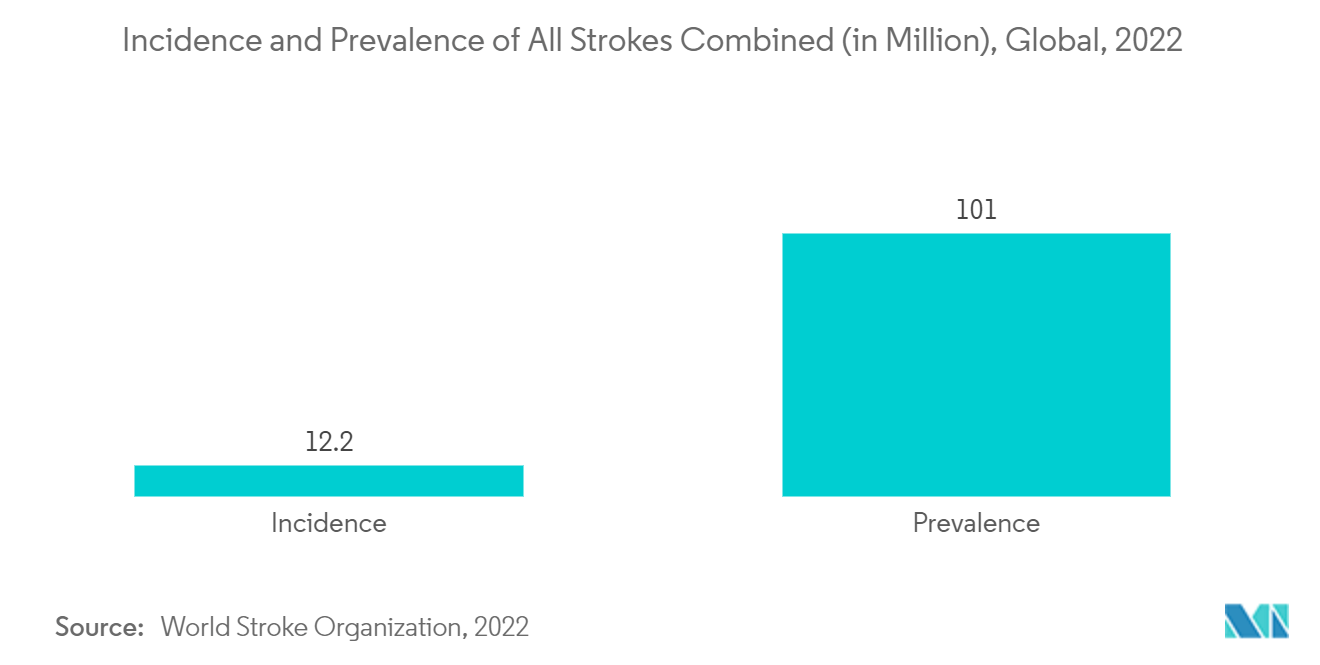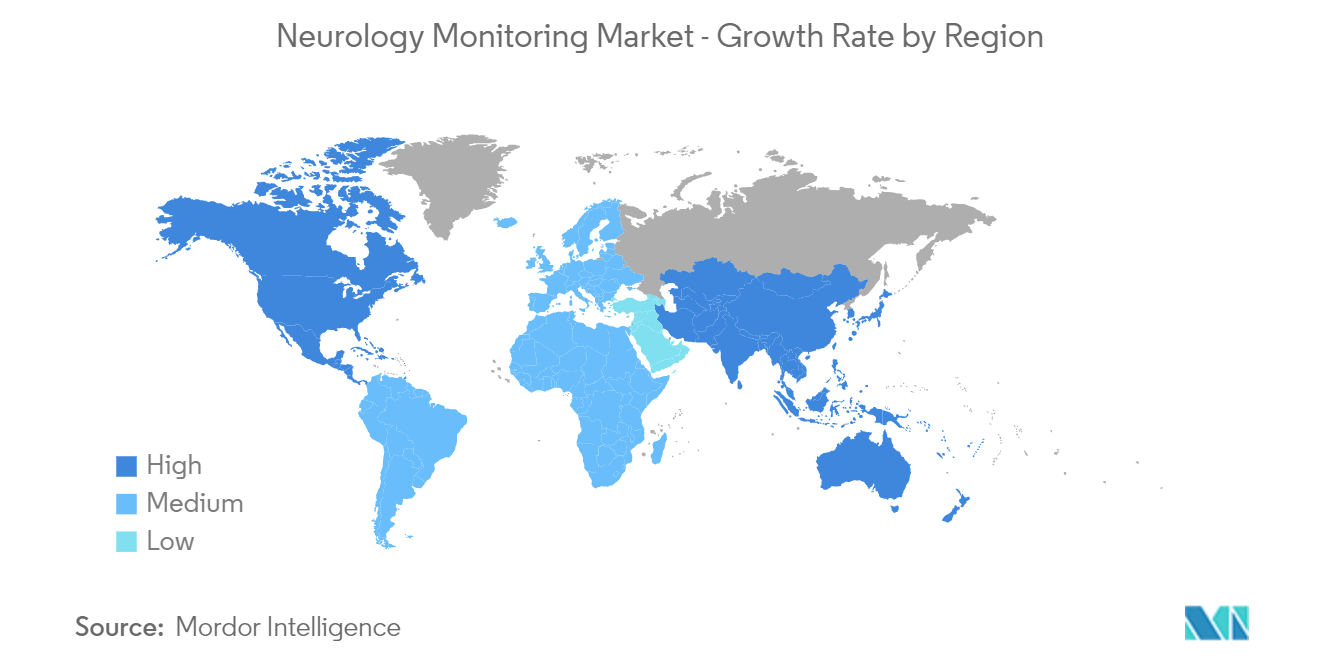Market Trends of Neurology Monitoring Industry
Sleep Disorder is Expected to Witness Strong Growth Over the Forecast Period
Some of the most common sleep disorders include insomnia, restless legs syndrome, narcolepsy, and sleep apnea. Among these, insomnia affects a large population across the globe. Insomnia is a common sleep disorder that can make it hard to fall and stay asleep, cause you to wake up too early, and make it difficult to get back to sleep. People suffering from insomnia may still feel tired after waking up. The major factors bolstering the market growth are the high number of people suffering from insomnia, the implementation of strategic initiatives by the market players, and the growing focus on the research and development of neurofeedback systems for sleep disorders.
For instance, research data was published by PubMed in June 2021, comparing insomnia prevalence among 57,298 participants across 13 countries using the same methodology. The results revealed that out of the 57,298 participants, 11.3% had a diagnosis of short-term insomnia disorder, with significant differences in prevalence between sites, ranging from 2.3% to 25.5%. Thus, studies indicate that the need for neurofeedback systems for insomnia is increasing, contributing to market growth.
Moreover, some market players are undertaking strategic initiatives that support market growth. For instance, in October 2021, Interaxon, a consumer neurotechnology and meditation company, launched the second generation of its popular EEG meditation and sleep headband, Muse S. This updated plush brain-sensing headband uses real-time biofeedback to help one learn the art of meditation. It helps fall, stay, and go back to sleep if one awakens during the night. Thus, the abovementioned factors will likely drive the segment's growth during the forecast period.

North America is Expected to Hold a Significant Share in the Neurology Monitoring Market Over The Forecast Period
The market for neurology monitoring in North America is expected to grow significantly during the forecast period due to rising brain-associated disorders, mild traumatic brain injuries, favorable reimbursement policies, and high healthcare spending. In addition, the increasing geriatric population, who are more prone to develop neurodegenerative disorders, is also contributing to market growth.
According to the Sleep Foundation survey published in April 2023, 50 million to 70 million people in the United States had ongoing sleep disorders in 2022. The same source stated that 9% to 15% of adults had insomnia that affected their daytime activities in 2022. Therefore, the region's high prevalence of sleep disorders is estimated to propel the market for neurology monitoring during the forecast period.
Furthermore, according to the statistics published by the American Society of Clinical Oncology in February 2022, about 4,170 children under 15 are expected to be diagnosed with a brain tumor in the United States by the end of 2022. Thus, the region's high burden of brain injuries and tumors is expected to create market growth opportunities during the forecast period.
Furthermore, as stated by the National Institute of Health, Estimates of Funding for Various Research, Condition, and Disease Categories (RCDC), 2022 update, the funding for research and development was USD 447 million for stroke, USD 254 million for Parkinson's Disease in 2021 in the United States. The high funding for research is expected to attract most of the major players to develop an innovative monitoring device for neurological diseases, thus leading to the high growth of the market studied.


